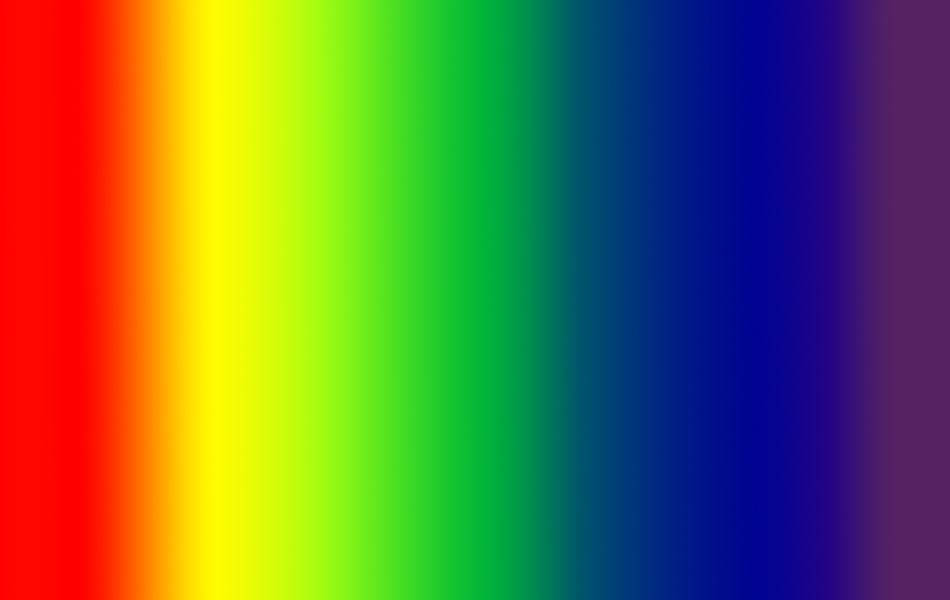Colour exists on a continuum, and yet human language is surprisingly consistent in how it categorises colours.
Previous studies have found that infants at the age of four months old can distinguish the basic colour categories common to many languages (e.g. blue, red, yellow), suggesting there is a biological basis to our color categories. However, these studies have focussed on just a few color categories that are important in English.
In this study, Skelton and colleagues tested infants’ ability to distinguish different hues covering the entire colour spectrum. They found that infants distinguish between hues in five categories – red, yellow, green, blue and purple.
These hues are central to colour categorisation in languages across the globe.
Mapping these categories against the colour-processing pathways in the optical system, the authors found that four out of five categories fell into separate axes, suggesting that these colour categories are common in human language because they reflect the fundamental way our eyes process colour.
Want to Know More?
Featured image by Claire Asher.




